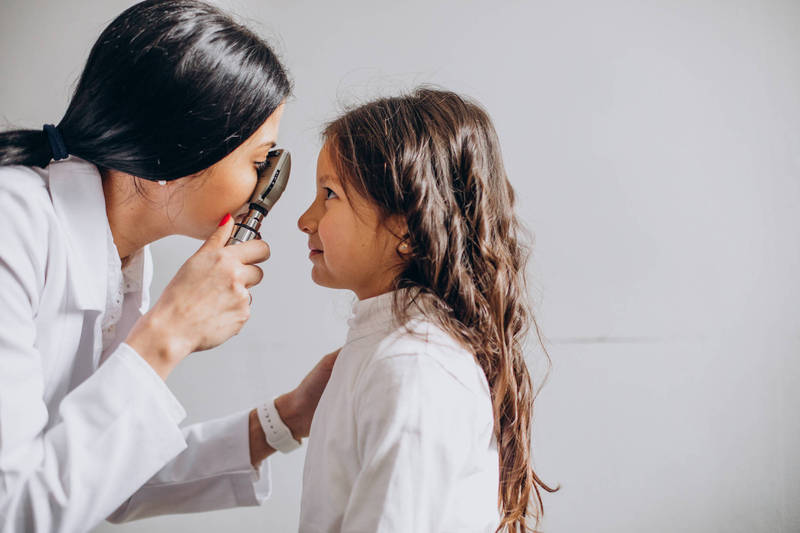Children staring at the screen for a long time increase the risk of myopia. The National Health Administration recommends that children follow the 6 eye protection strategies, and remember to rest their eyes after studying; the picture is a situational photo.
(Picture taken from freepik)
[Health Channel/Comprehensive Report] Children are more likely to use 3C products. If children often squint and tilt their heads, it may be due to vision problems.
The National Health Administration posted on the Facebook fan page "National Health Administration" that distance teaching makes children stare at the screen for a long time, which increases the risk of myopia. It is recommended that children follow the 6 eye protection measures, and remember to rest their eyes after studying. Against the evil "vision" of the eyes.
According to the National Health Administration, Wuhan pneumonia (new coronavirus disease, COVID-19) affects life and greatly increases the time of online learning for young children. According to research, the prevalence of myopia in small classes in kindergartens is 6.9%, and that in primary school students is as high as 70.6%.
Therefore, parents are urged to pay more attention to their children's vision health; children should increase the amount of outdoor exercise in their spare time, not only to rest their eyes, but also to increase the secretion of dopamine in the retina through outdoor sunlight to prevent myopia.
Please read on...
6 ways to protect children's eyes
● Daily outdoor exercise for more than 120 minutes
1. Outdoor long-distance vision can reduce eye muscle tension and delay eye growth.
2. Outdoor sunlight can increase the secretion of retinal dopamine, which can prevent or slow down myopia.
3. Assist children to maintain more than 2 hours of outdoor activities every day.
● The use of 3C should be standardized, those under the age of two should avoid watching the screen, and those over the age of two should not exceed 1 hour per day
1. Reduce the use of eyes at close range for a long time.
2. Do not use 3C products as items to soothe young children.
3. Parents lead by example and put down 3C supplies.
4. It is recommended to sleep at least 8-9 hours a day.
● use the eyes for 30 minutes, rest for 10 minutes
1. Follow the 3010 principle, use the eyes for 30 minutes and rest for 10 minutes.
2. Look out the window and stretch your limbs.
● The reading environment should be bright and the posture should be correct
1. The writing and sitting posture should be correct, and the light from the desk should not be directed towards the eyes.
2. The light should be sufficient, and the desktop and ambient illumination should be at least 350 meters candlelight.
3. Choose a desk chair with a suitable height and keep a reading distance of 30-45 cm.
● Balanced diet with five fruits and vegetables every day
1. Eat more dark green vegetables and fruits.
2. Diversified daily diet, not partial eclipse.
3. More intake of vitamins A, C and B groups.
● Regular eye exam 1-2 times a year
It is best to have the first vision examination before the age of 1.4.
2. Regular visual inspection can be detected and corrected as soon as possible.
3. If the child often squints, rubs his eyes, is accustomed to tilting his head, looks up or looks down, and repeatedly looks at things at close range, he should take the child to the ophthalmologist for further examination as soon as possible.
☆Do not miss health news, follow the fan page by like.
☆For more important medical news, please visit the free health website.
keywords
vision
toddler
Vision Care
eye protection
schoolchildren's vision
related news
